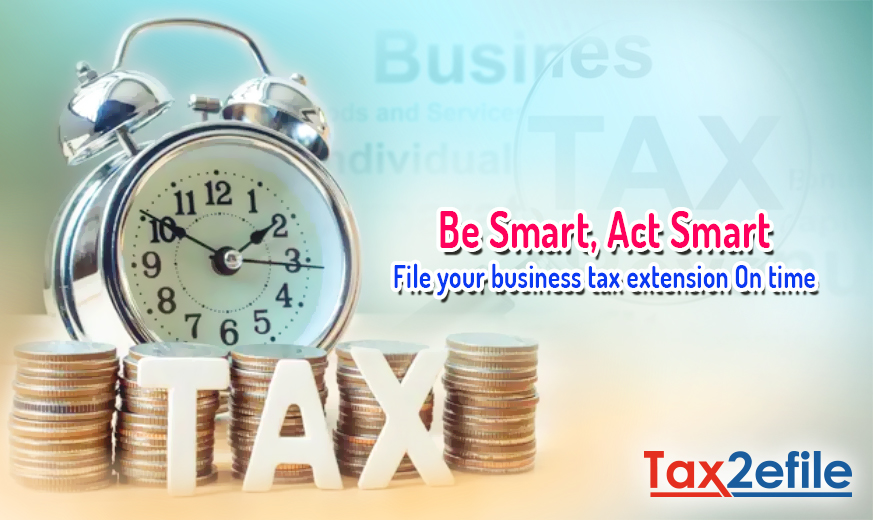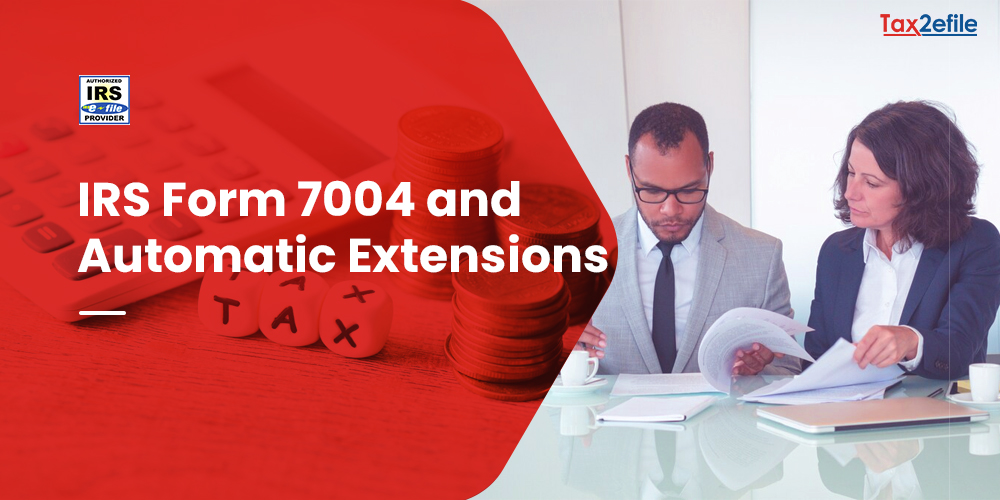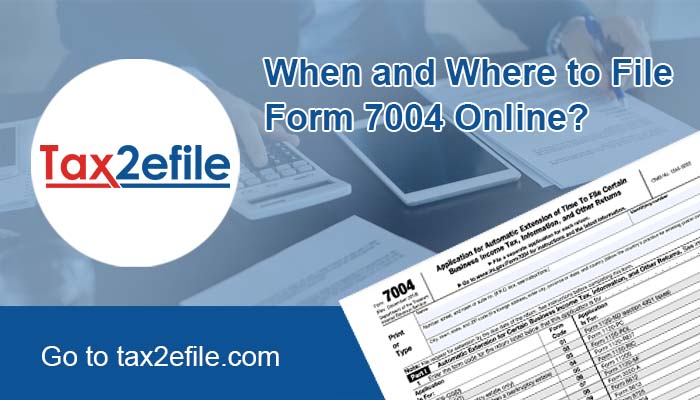- March 11, 2022

The IRS Form 1120-S is used by an S-corporation to report their gains, income, losses, credits, and deductions. This form should be filed by any entity or corporation that is been elected to be an S corporation. The firm should have filed Form 2553 for election and the IRS should have accepted the election to qualify as an S corporation. The Form serves as an annual income tax return statement of the corporation, as long as it is in effect. Generally, corporations having few shareholders will use S-corporation status to avoid double taxation on both the corporation and its shareholders.
Table of Contents
Who should file Form 1120-S
The organization that has been elected to be an S corporation by IRS should file Form 1120-S. IRS will use the ownership percentage that has been filed in 1120-S to understand how much profit and loss should be assigned to the individual shareholder. If the shareholder purchases additional shares or transfers or sells his holdings in the year, then the profit and loss should be calculated accordingly.
Corporations that have fewer than 100 shareholders can file Form 2553 with the IRS to consider them to be S corps. This helps them to avoid the hurdles of double taxation. And the corporation will pass all its income through the shareholders to ease the taxation process. The IRS will tax only the shareholders and not the corporation. Also, the S corporation can use the cash mode of accounting, if it doesn’t have significant inventory and project its tax statement accordingly.
What is reported in Form 1120-S?
The S corporations will use Form 1120-S to report their profits, deductions, and losses for the fiscal year. The S corps will not pay corporate taxes and as it passes its income through its owners, the owners alone have to file income tax returns. Entities that are classified as S-corps should not have more than 100 shareholders, should handle only one class of stock and the shareholders should be individuals and not trusts.
Form 1120-S is very important for S corporations, as it helps them to report their income and also to inform the IRS, the percentage of the shares of the company that is been owned by its shareholders. The IRS will determine the tax payments and the refunds that are due for the shareholders on their personal IT returns.
Schedule B of Form 1120-S helps to report other information, such as information about the stock of the corporation, information about ownership interest, and information about the total assets and the total receipts of the corporation. The due date to file IRS Form 1120-S/file 7004 extensions before March 15th of the fiscal year. to get extra 6-months of time
Passing the tax liability of the business to the owners and shareholders of the business is the ultimate purpose of electing an S corporation. Thus Form 1120-S should be reported accurately to the IRS, to make sure that the business secures this benefit easily. This Form can be either mailed to the IRS or filed electronically with credible online e-tax service providers such as Tax2efile.

